Finally, the year is coming to a close in December.
In Japan, it is customary to soak in yuzu bath on the winter solstice, when the days are the shortest and the nights are the longest of the year.
This custom dates back to the Edo era (1603-1868), and it is said that if we take a bath with yuzu, we will be able to survive the winter without catching a cold. Yuzu, which is in season in winter, has a strong fragrance, and there is a belief that its strong scent will keep evil spirits away, so it is also used to ward off evil spirits.
Wagashi of December
I found some gorgeous sweets with camellia and yuzu, and decided to have “Confectioner Seikanin” this month after last month.
Seasonal Product : :Tsubaki-no-hara
The yellow bean paste containing the fragrant rind of the Setoka orange fruit from Ehime Prefecture has a fresh, sweet and sour taste. The light red and bright yellow color is a gorgeous and lovely wagashi.
Yusu-no-ka
This is refreshing flavored watashi which Yuzu (citron) pulp is chopped and wrapped in white bean paste. It looks and smells like a perfect replica of yuzu, really refreshing! It’s the perfect sweet for the winter solstice.
We enjoyed a great wagashi this month too!
Store information
Official site is below.
Summary of 2020
2020 is a difficult year because of COVID-19.
Initially, I was planning to write an article about my monthly practice so that I could share with you the appeal of the tea ceremony, which allows you to take time to calm your mind while feeling the changing of the seasons. However, since I was not able to go to tea-ceremony this year, our articles are only about the seasonal Japanese wagashi that I enjoy.
In 2021, I would like to resume my tea-ceremony practice and write articles that will help people enjoy the tea ceremony more closely.
Without being too formal, I will continue with my monthly wagashi series that introduces gorgeous and delicious wagashi.
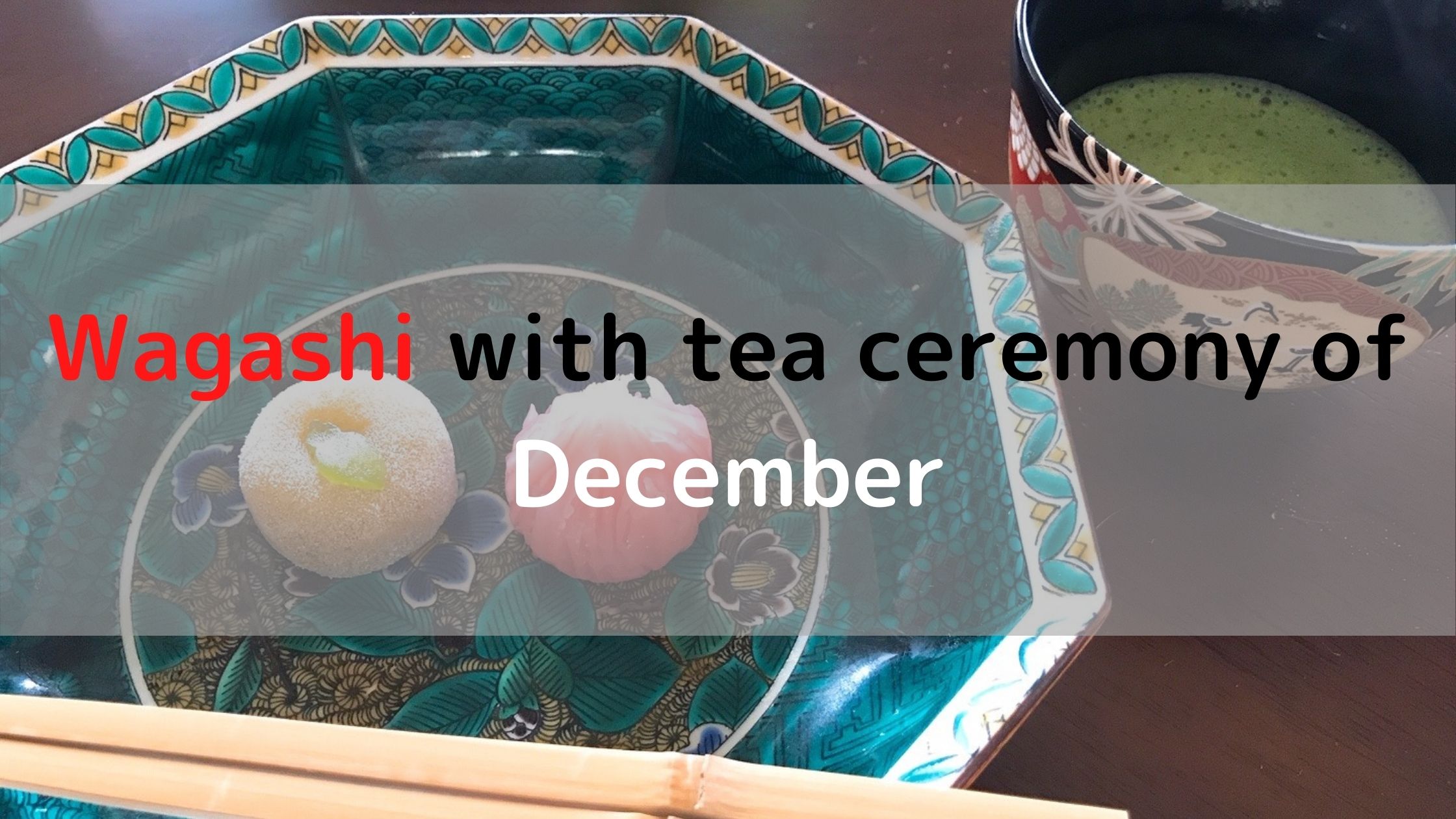

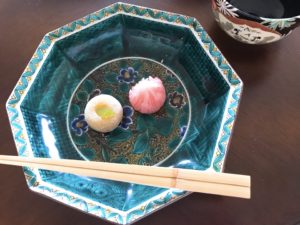
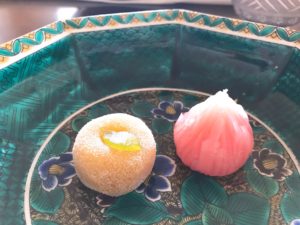
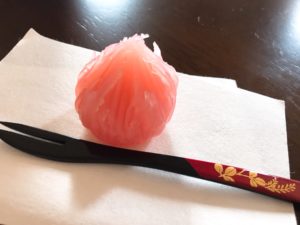
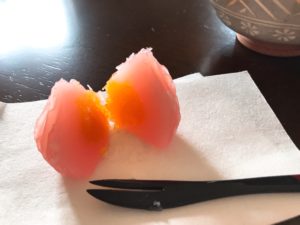
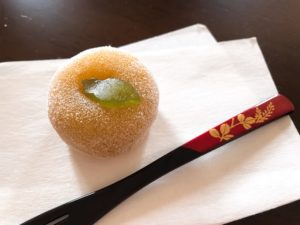
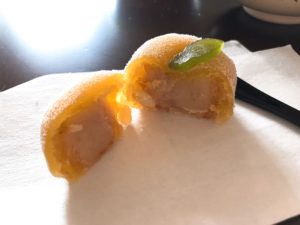
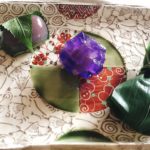
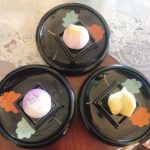

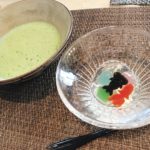


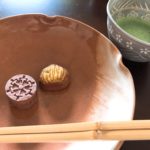
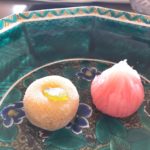


Comment